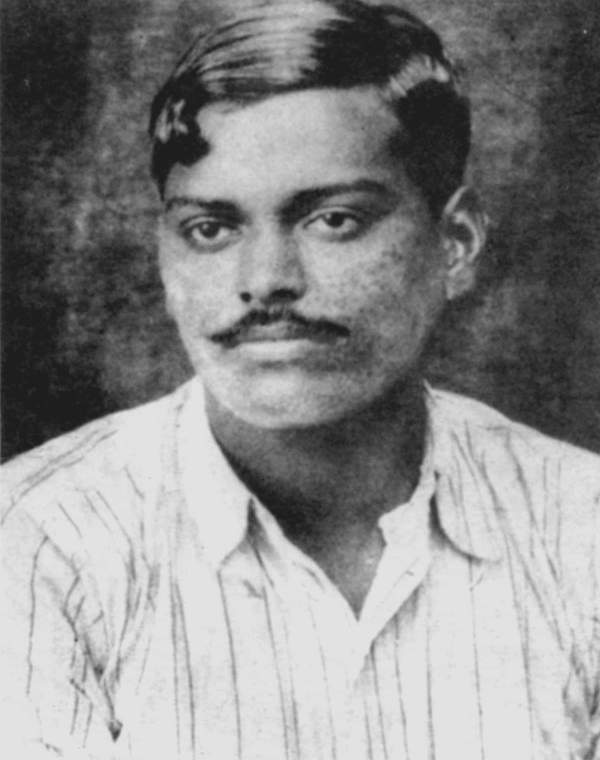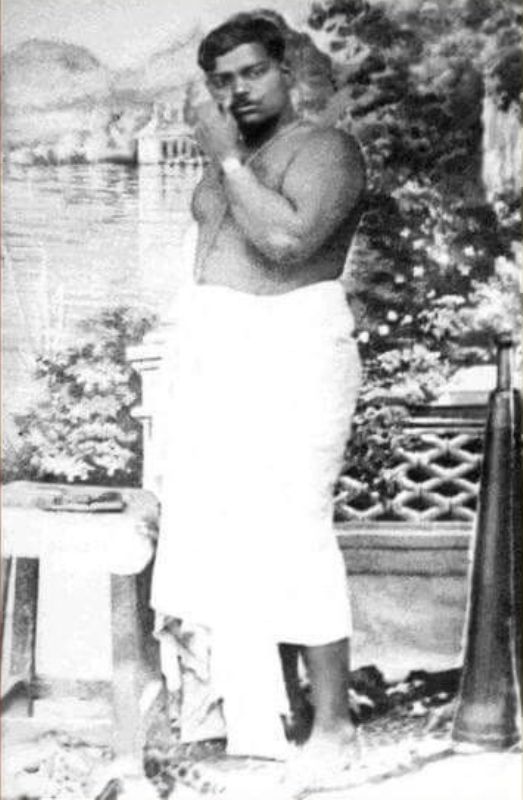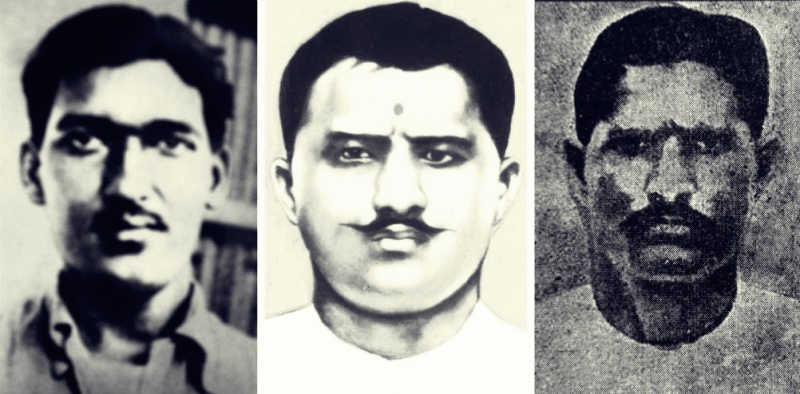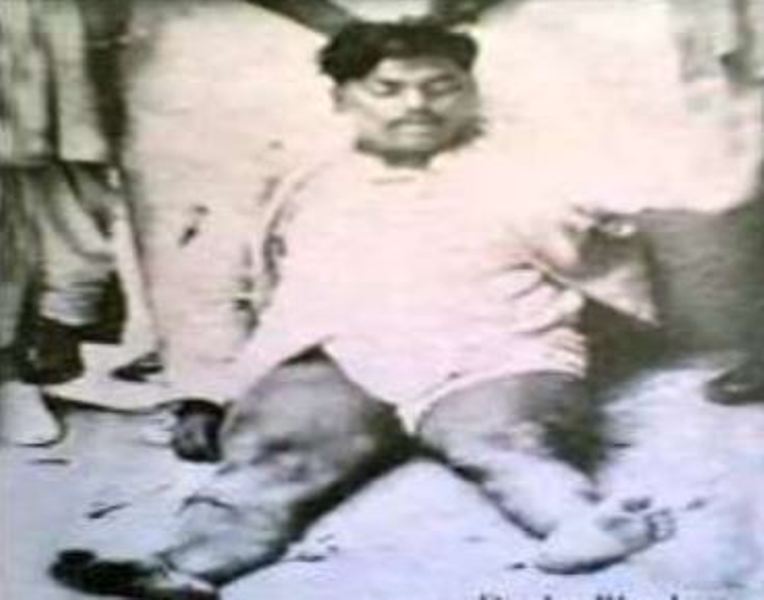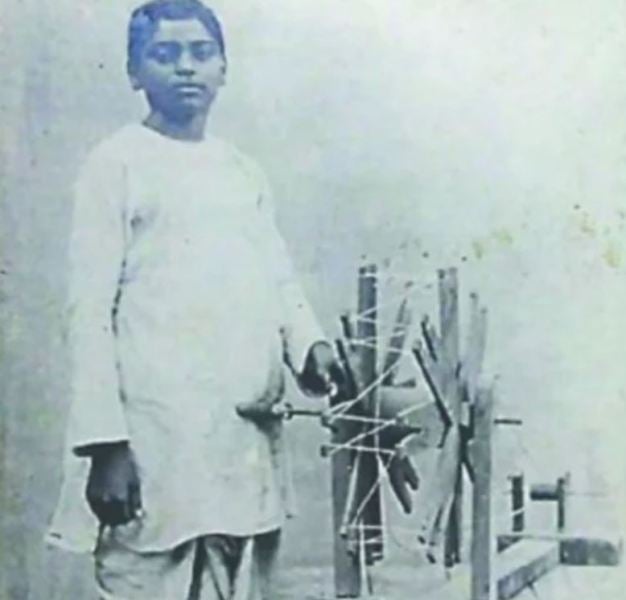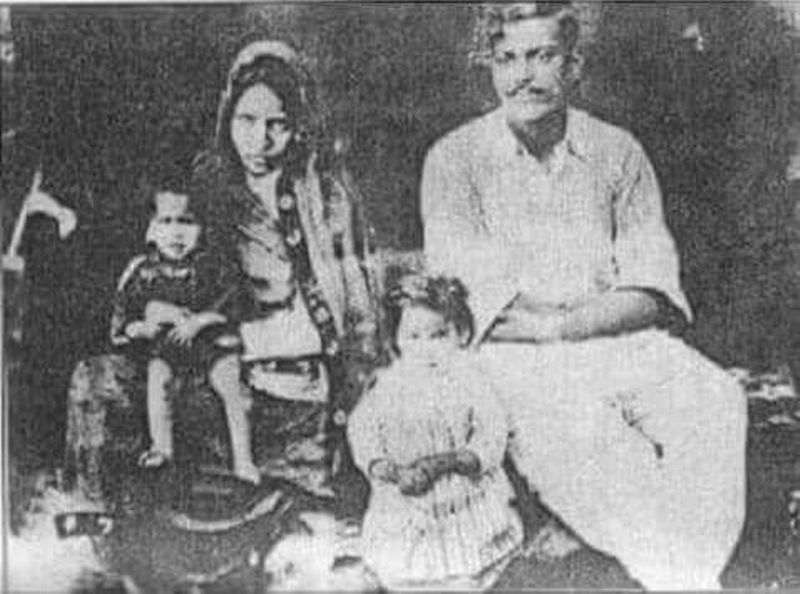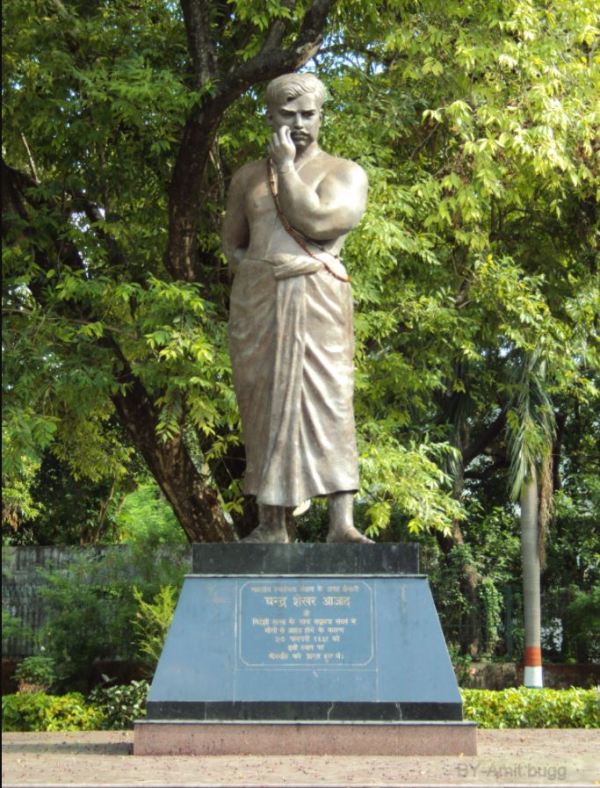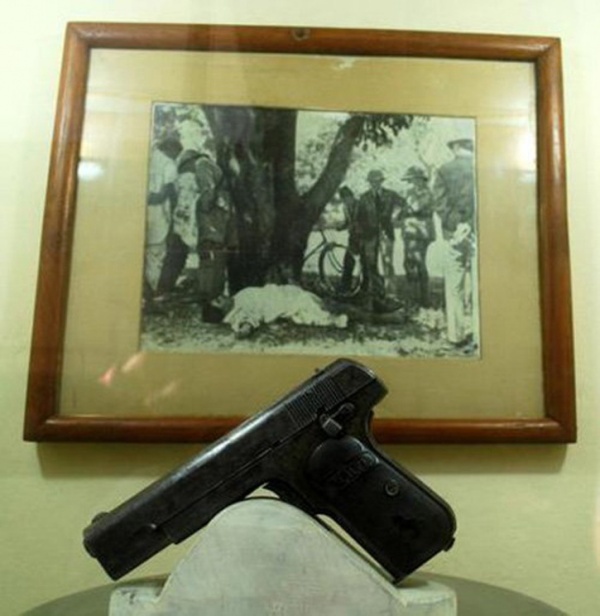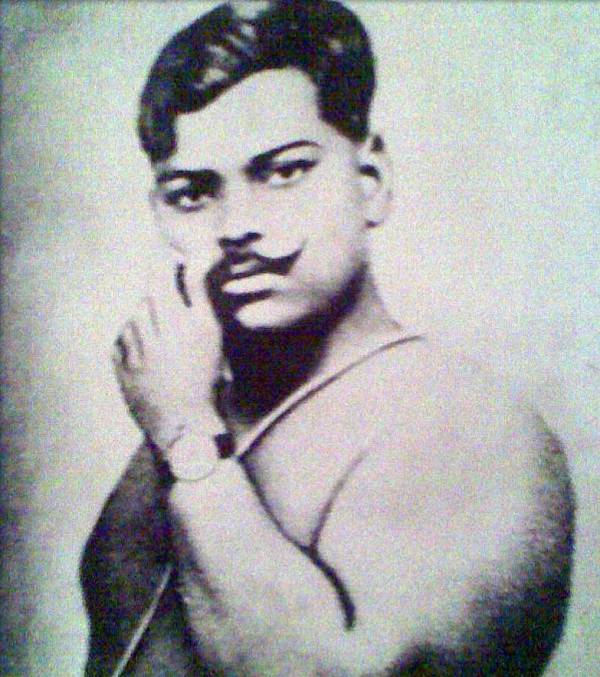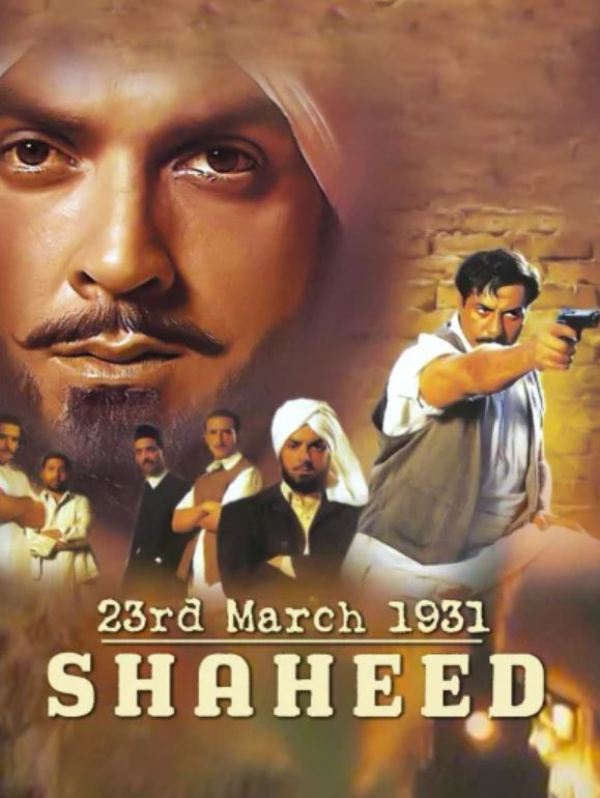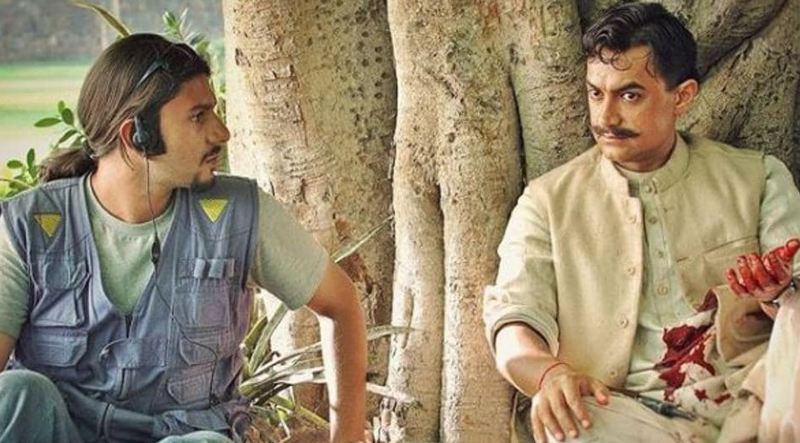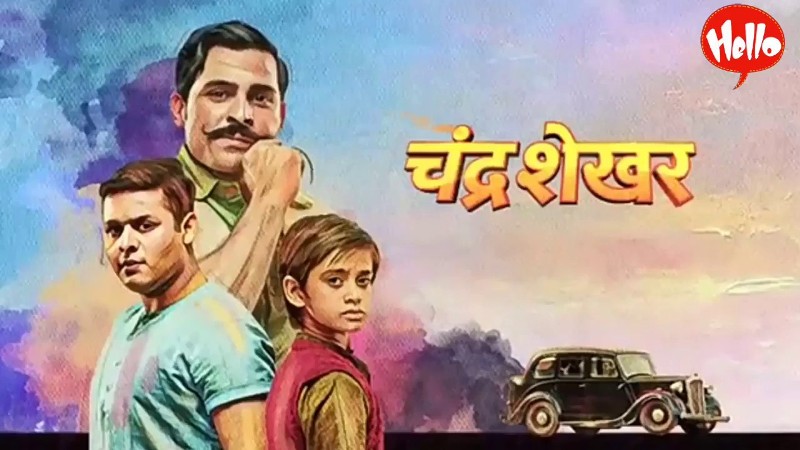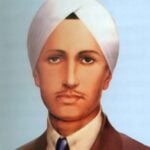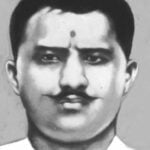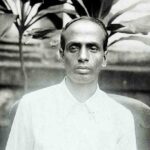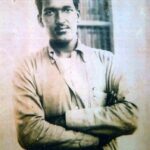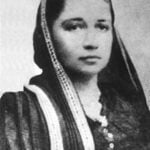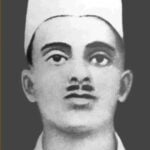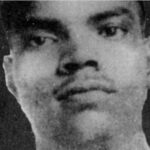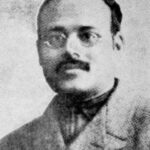Chandra Shekhar Azad Age, Death, Wife, Children, Family, Biography & More
| Bio/Wiki | |
|---|---|
| Real name | Chandra Shekhar Tiwari [1]Britannica |
| Profession | Indian Freedom Fighter |
| Famous for | Being the Indian revolutionary who participated in India's independence movements and organized and led a group of militant youth against British rule in India |
| Physical Stats & More | |
| Eye Colour | Black |
| Hair Colour | Black |
| Personal Life | |
| Date of Birth | 23 July 1906 (Monday) |
| Birthplace | Bhavra, Alirajpur State, British India |
| Date of Death | 27 February 1931 |
| Place of Death | Chandrsekhar Azad Park, Allahabad, Uttar Pradesh |
| Age (at the time of death) | 24 Years |
| Death Cause | On 27 February 1931, Azad went to meet a fellow revolutionary at Allahabad's Alfred Park (now Azad Park) where he was surrounded by the police by a betrayed tip. This encounter left the British police officers wounded, and Azad shot himself in the head during the gun battle. [2]Hindustan Times |
| Zodiac sign | Leo |
| Nationality | Indian |
| Hometown | Bhavra, Alirajpur State |
| Relationships & More | |
| Marital Status (at the time of death) | Unmarried |
| Affairs/Girlfriends | Not Known |
| Family | |
| Wife/Spouse | N/A |
| Parents | Father- Sitaram Tiwari (Gardener) Mother- Jagrani Devi (Homemaker) 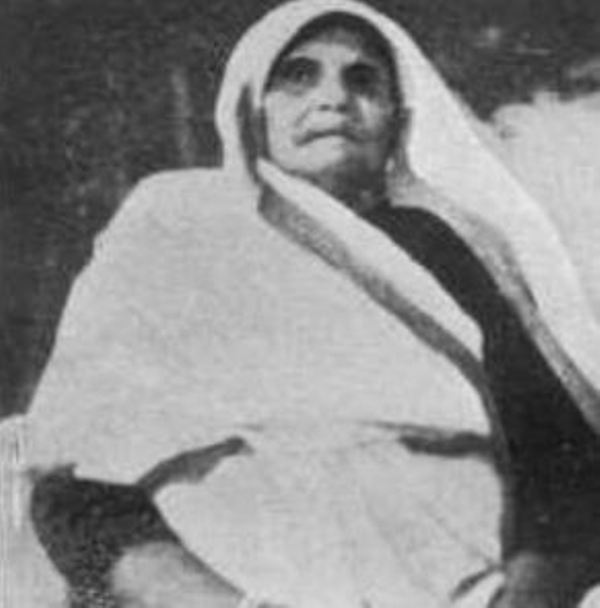 |
| Siblings | Elder Brother- Sukhdev |
Some Lesser Known Facts About Chandra Shekhar Azad
- Chandra Shekhar Azad was an Indian freedom fighter. In 1928, after the demise of Ram Prasad Bismil, the founder of the Hindustan Republican Association (HRA) organisation, Azad re-established this foundation and renamed it ‘the Hindustan Socialist Republican Association (HSRA).’ Roshan Singh, Rajendra Nath Lahiri, and Ashfaqulla Khan established the HRA organisation in 1923. Chandra Shekhar Azad used to sign the pamphlets with the pen name “Balraj” that were issued to the British Government as the commander-in-chief of the Hindustan Socialist Republican Association (HSRA).
- The grandfathers of Chandra Shekhar Azad were the descents of the Badarka village of Unnao district in Uttar Pradesh. His parents moved to Alirajpur in Madhya Pradesh in search of a good livelihood soon after the birth of their elder son Sukhdev. Chandra Shekhar Azad’s father was married thrice, and his mother was the third wife of his father. His father’s first and second wives died earlier.
- Chandra Shekhar Azad was sent to Kashi Vidyapeeth in Banaras to become a Sanskrit scholar. His mother convinced his father to send him to Kashi Vidyapeeth to attain education.
- Soon after attaining mastery in Sanskrit, at the age of fifteen, he participated in the protests and campaigns of the Non-Cooperation Movement in 1921. As a student of Mahavidyalaya, he was among those students who raised the slogans of Vande Matram and Bharat Mata ki Jai against the British Government. He was arrested along with other students on 20 December 1921 when he participated in a protest against the British rule in the Non-Cooperation Movement. He underwent several court trials a week after his arrest. He revealed his name ‘Azad,’ his father’s name ‘Freedom,’ and his address as ‘Jail’ in front of the District Magistrate Justice ‘Reverend Tomson Kregat.’ The angered Magistrate ordered to punish Chandra Shekhar Azad with 15 lashes a day along with 23 weeks imprisonment.
- In 1922, Mahatma Gandhi halted his Non-Cooperation Movement that disappointed Chandra Shekhar Azad. Soon, he left the Non-Cooperation Movement and decided to join another freedom movement. Soon, he met another Indian freedom revolutionary named Manmath Nath Gupta who introduced Azad to Ram Prasad Bismil. Ram Prasad Bismil was the founder of the revolutionary movement Hindustan Republican Association (HRA) in 1923. Azad joined this movement, and soon, started working for its funds and finance. Chandra Shekhar Azad was behind the robberies that were related to the British Government properties including the Kakori Train Robbery in 1925. To take revenge for the killing of the Indian freedom fighter Lala Lajpat Rai, Azad master-planned to shoot and kill J. P. Saunders at Lahore in 1928. On 18 December 1928, soon after the killing of J. P. Saunders at Lahore, he sent a pamphlet to the British Government by signing it as the commander-in-chief ‘Balraj.’
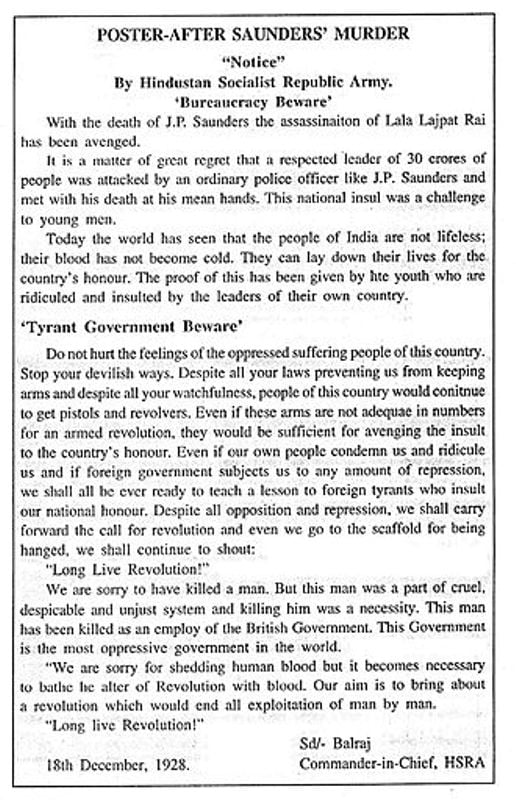
HSRA pamphlet after the murder of Saunder that was signed by Balraj, a pen name of Chandra Shekhar Azad
The train of the Viceroy of India was also attempted to blow up by Azad and his companions in 1929. His organisation was also supported financially by Moti Lal Nehru who was a prominent leader of the then Congress party.
- Chandra Shekhar Azad made Jhansi and its forests his destination for some time where he used to practice shooting. He was also a shooting mentor to his companions. On the banks of the Satar River, he used to live in a hut near the Hanuman Temple. There he became the disciple of Pandit Harishankar Bramhachari for some time. During his stay in Jhansi, he used to teach the children of the nearby village ‘Dhimarpura’ and made good connections with the local villagers. At the same time, he learnt to drive a car at the Bundelkhand Motor Garage in Sadar Bazar.
- The Hindustan Republican Association (HRA) organisation that was established by Ram Prasad Bismil, Jogesh Chandra Chatterjee, Sachindra Nath Sanyal, and Shachindra Nath Bakshi in 1923 got involved in the Kakori train robbery that led to the arrest and death sentence of its founder Ram Prasad Bismil along with his companions Ashfaqulla Khan, Thakur Roshan Singh, and Rajendra Nath Lahiri. However, the active participants of the robbery such as Chander Shekhar Azad, Keshab Chakravarthy, and Murari Lal Gupta escaped the police arrest.
- In 1928, Chandra Shekhar Azad, along with Bhagat Singh, reorganised the Hindustan Republican Association (HRA) organisation into the Hindustan Socialist Republican Association (HSRA).
- Soon after Azad became popular as commander-in-chief of the Hindustan Socialist Republican Association (HSRA) movement, other renowned freedom fighters like Sadashivrao Malkapurkar, Vishwanath Vaishampayan, and Bhagwan Das Mahaur became the key persons of this movement. With the passage of time, renowned Congress leaders like Raghunath Vinayak Dhulekar and Sitaram Bhaskar Bhagwat also became an integral part of this movement. These leaders provided him shelter to live during his escape from the British Government. The other known revolutionary leader Bundelkhand Kesri Dewan Shatrughan Singh who established the freedom movement in Bundelkhand also supported Azad with finance and arms amid India’s struggle for independence.
- Manmath Nath, who introduced Azad to Ram Prasad Bismil, was an active member of the Hindustan Socialist Republican Association (HSRA) organisation who later wrote a book on the rebellious actions of Azad in his biography titled “Chandrashekhar Azad” – History of the Indian Revolutionary Movement (English version of above: 1972). He mentioned in his biography that Azad followed the socialist principle in the movement to attain freedom from British rule.
- On 27 February 1931, Sir J. R. H. Nott-Bower, the CID head of Allahabad police received a tip about Azad. Azad was on a meeting schedule at Alfred park, Allahabad with his companion Sukhdev Raj. Sir J. R. H. Nott-Bower reached Alfred park along with DSP Thakur Vishweshwar Singh and police personnel with arms and guns. Soon, they surrounded Azad from all four sides. Sukhdev Raj escaped the scene unhurt. Azad hid behind a big tree in the park and started counter firing. Reportedly, he was left with one bullet in the end that he shot himself in his head as he always pledged to remain free (Azad). He did not want to be arrested by British police. DSP and Bower also received injuries in the counter firing by Azad. After Azad’s encounter, his dead body was sent to the Rasulabad Ghat for private cremation by the British police without informing the general public and his family members. Soon, the news of his encounter spread like fire and the general public gathered at his cremation at Rasulabad Ghat while shouting the slogans against British Government and in praise of Chandra Shekhar Azad. Later, the old companions of Azad named Veerbhadra Tiwari and Yashpal were held responsible for providing the information of Azad to the police.
- Chandra Shekhar Azad was lovingly called Azad, Balraj, and Panditji by his comrades and companions during the participation in India’s struggle for freedom movements.
- Chandra Shekhar Azad was an outstanding marksman. He received archery training in his childhood from the boys of the Bhils community of Jhabua district that he later practised throughout his adulthood. This archery led him to be a great gun wielder.
- The real name of Chandra Shekhar Azad was Chandra Shekhar Tiwari. He attached the Urdu word ‘Azad which means Free’ after his name soon after his arrest by the British police during the Non-Cooperation movement in 1921. He told his name as Azad, his father’s name as Freedom, and his address as Jail after the arrest during his court trials in front of the District Magistrate.
- Reportedly, the behaviour of Chandra Shekhar Azad was restless. He was a restless revolutionary who was often called ‘Quick Silver’ by his group members and companions.
- In his childhood, the financial conditions of Azad’s family were not good. A teacher of Azad arranged a job for him in the British government at the tehsil office. Azad did not like the job and soon, quit the job as he did not want to do obeisance of the British officials.
- In his teenage, Chandra Shekhar Azad experienced the worse conditions of the Indian working-class people in Bombay. Azad worked as a painter on a ship for some time in 1920 where he observed the oppressed behaviour of the British government towards Indians. At work, Chandra Shekhar Azad and other workers were forced to sleep and eat on a congested ship.
- Apparently, Chandra Shekhar Azad used to watch a lot of movies to avoid sleeping and eating in the congested rooms of the ship where he used to work in his teenage.
- One of the colleagues of Azad named Vishwanath Vaishampayan shared a moment related to the life of Azad in a biography written by Vishwanath on Chandra Shekhar Azad. He narrated,
He worked for six out of seven days in the dockyard and whatever money he earned, he bought a movie ticket and a new shirt on Sundays, throwing away the shirt which he had worn the entire week.”
- Chandra Shekhar Azad was clicked with the family of his friend Master Rudra Narayan during his revolutionary age. This picture is rumoured to be of Azad’s family members.
- Chandra Shekhar Azad used to scream a slogan while protesting against British rule in India. The slogan was,
Dushman ki goliyon ka hum saamna karenge, Azaad hee rahein hain aur Azaad hi rahenge.”
- The ideology adopted by Chandra Shekhar Azad during the struggle for independence was socialism. He was elected as the commander-in-chief of the Hindustan Socialist Republican Association (HSRA) in 1928. According to this ideology, all religious and caste symbols such as turban, tilak or janeau were discarded by all the members of the group. A few lines from one of Azad’s speeches were,
We are eager to sacrifice our lives fighting against the oppression and slavery under the British Raj, but the magnitude of oppression which exists under British Raj is nothing as compared to what exists in the princely states. Sometimes I think that we should leave British India and move to the princely states and work there. Just think, those animals [princes] who think that keeping ten to twenty women in their harems is their right, what kind of justice will they do to their subjects?”
- Chandra Shekhar Azad was a revolutionary freedom fighter. His statue was built at the Azad Park in Allahabad for his contributions to India’s struggle for independence.
- Alfred Park was renamed ‘Chandra Shekhar Azad Park’ by the government of India after India’s independence. The tree where Azad shot himself has also been declared a memorial tree in Indian history after India’s independence.
- After the death of Azad, his gun was seized by the Britishers that was kept by the government of India. After India got independence, this gun was announced to be a memorial item in Indian history.
- Ramkrishna Khatri, a member of the Hindustan Republican Association (HRA) organisation stated in an interview with the PhD researchers of the Jawaharlal Nehru University about the religious ideologies adopted by Chandra Shekhar Azad after being the commander-in-chief of the Hindustan Republican Association (HRA) organisation. He narrated,
The HRA revolutionaries had planned to rob a monastery in Ghazipur for funding the movement. With this objective, Azad joined the monastery and spent three to four months there waiting to win the confidence of the chief pontiff or for him to die and be assigned the keys to the treasury. The revolutionaries were not even hesitant to kill the pontiff, if he did not die of natural causes. According to Khatri, before taking the task, Manmath Nath Gupta wanted Azad to ‘guarantee the death of the pontiff’. However, this plan did not materialise and the party decided to relieve Azad from this task.”
Ramkrishna Khatri further commented on the wearing of a janeau by Azad while twirling his moustaches in one of his pictures. In the same conversation, he narrated the incident when Azad was living in Jhansi and used to recite Ramayana. He said that wearing janeau was part of a disguise. He stated,
One of the most famous photos of Azad is where he is seen twirling his moustaches and wearing a janeau. This photograph has been used to question the egalitarian and progressive ideology of the HSRA revolutionaries. The said image was taken when Azad was living in disguise as a mendicant in Jhansi who used to recite the Ramayana. That janeau was part of a disguise. Azad had long ago given up the practice of wearing the janeau and other religious symbols, as per the decision taken by the Central Committee of the HSRA at Feroz Shah Kotla in September 1928.”
- Chandra Shekhar Azad left a legacy of patriotism. Various Indian movies are based on the life of Azad during India’s struggle for freedom. These movies include Chandrasekhar Azad (1963), Shaheed (1965), 23rd March 1931: Shaheed (2002), Legend of Bhagat Singh (2002), Shaheed-E-Azam (2002), and Rang De Basanti (2006). Sunny Deol portrayed Azad in the movie 23rd March 1931: Shaheed in 2002.
Akhilendra Mishra portrayed Azad in the film Legend of Bhagat Singh in 2002. Chandra Shekhar Azad, Bhagat Singh, Rajguru, Bismil, and Ashfaq were portrayed in the movie Rang De Basanti that compared the lives of today’s generation from that of freedom fighters. This movie was produced and directed by renowned Indian director and producer Rakeysh Omprakash Mehra, and Aamir Khan portrayed Chandra Shekhar Azad in this film.
‘Chandrashekhar’ a television series was also telecasted on Star Bharat in 2018. The childhood, teen, and adulthood of Azad was portrayed by Ayaan Zubair, Dev Joshi, and Karan Sharma in this series.
References/Sources:

